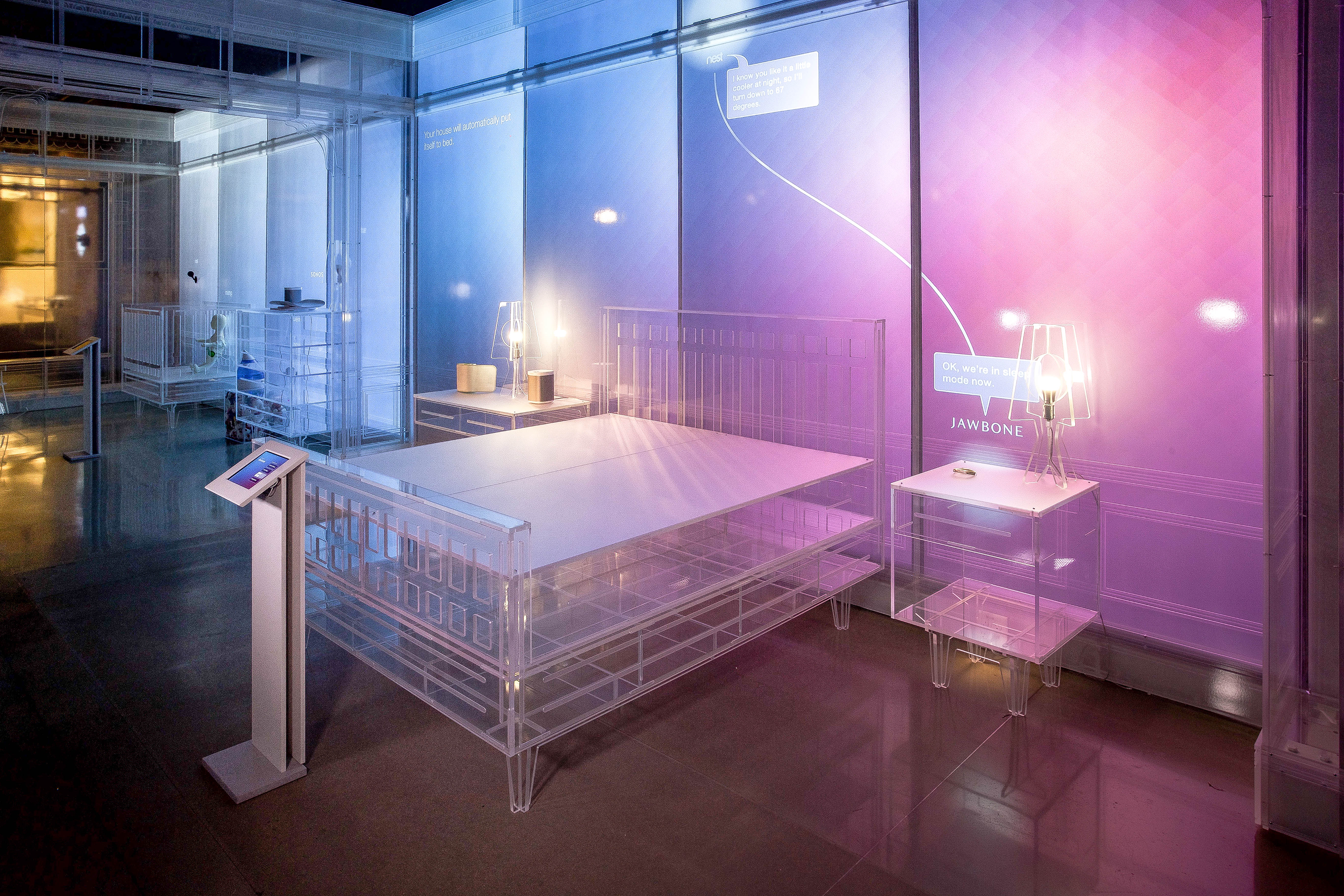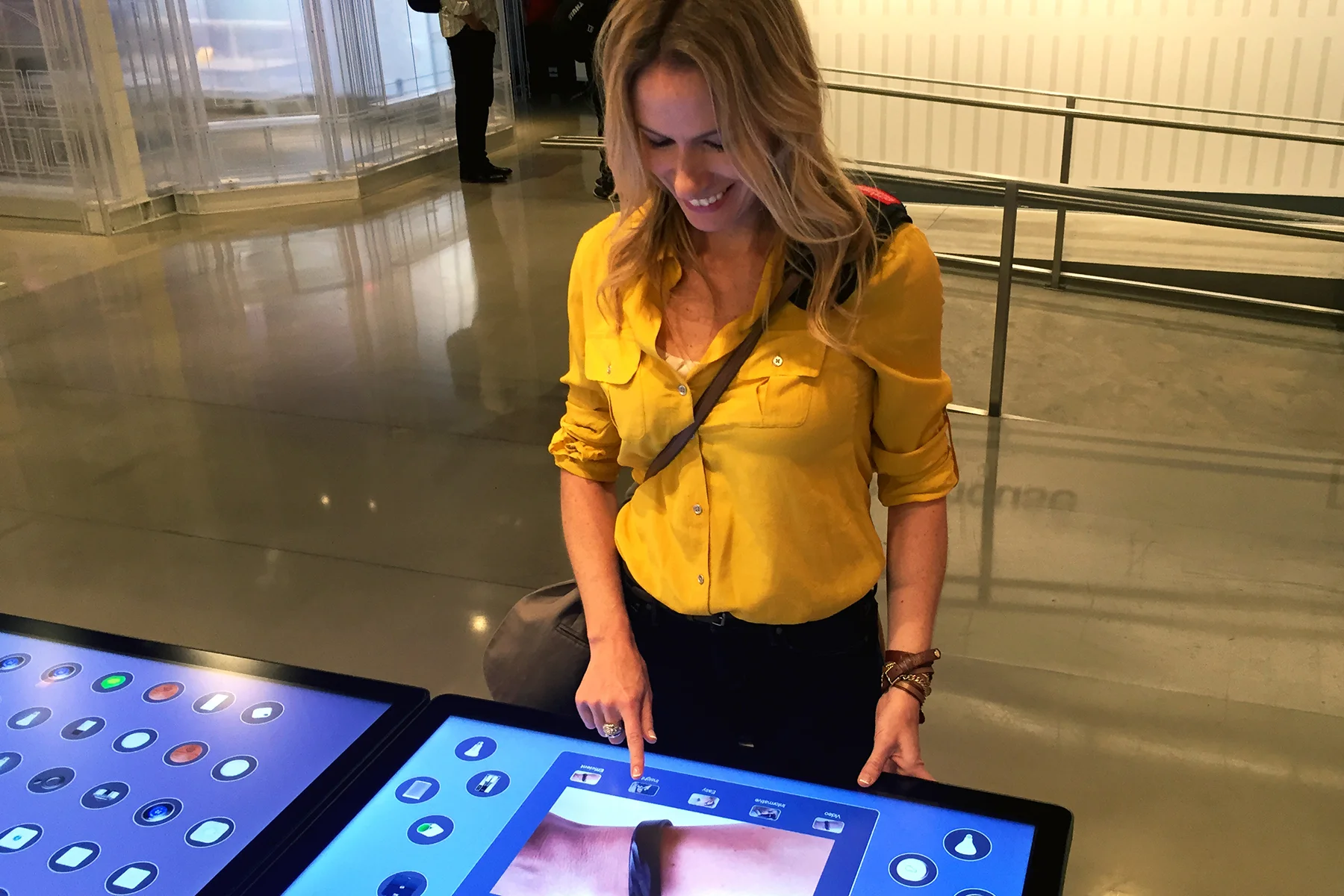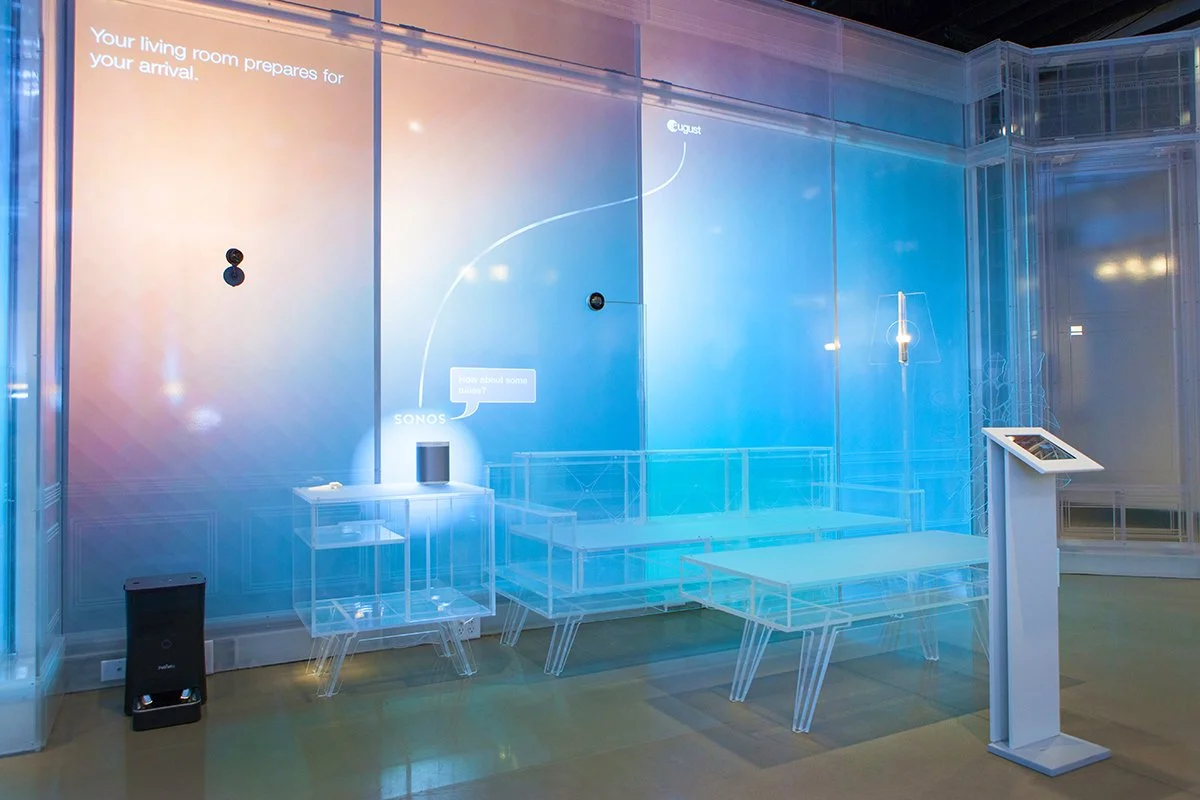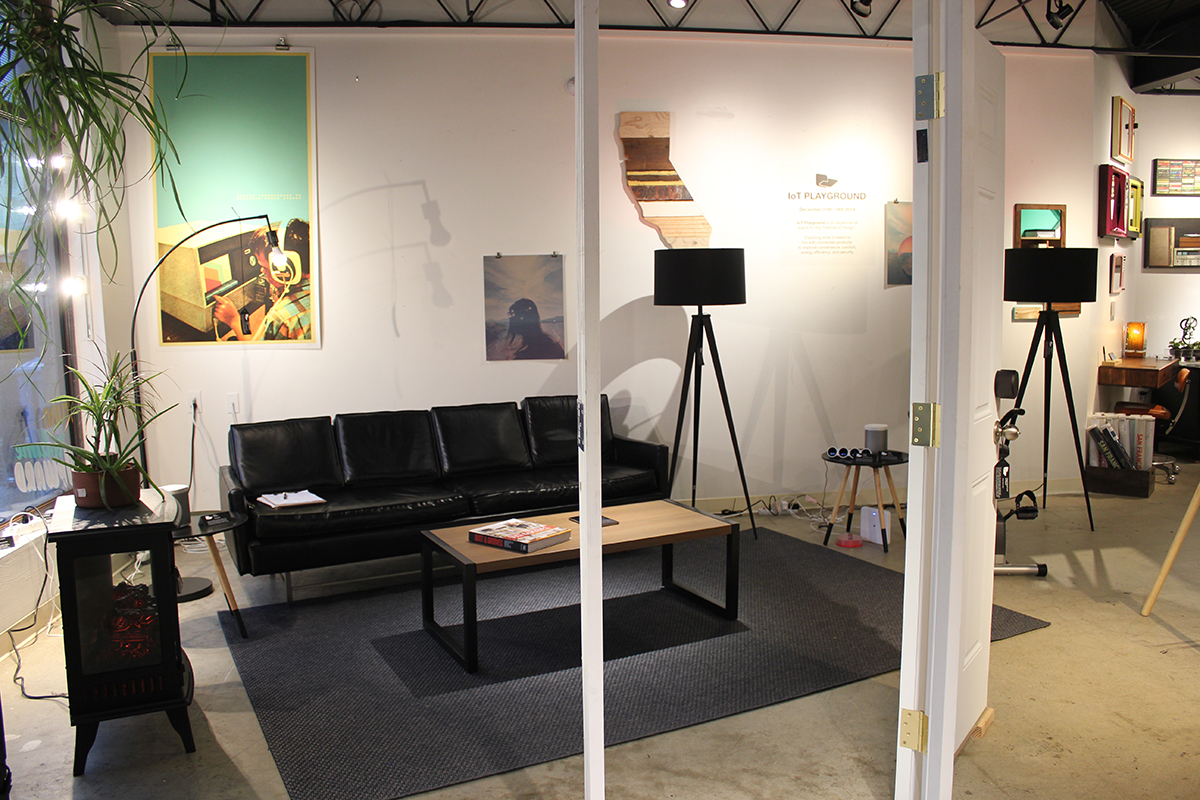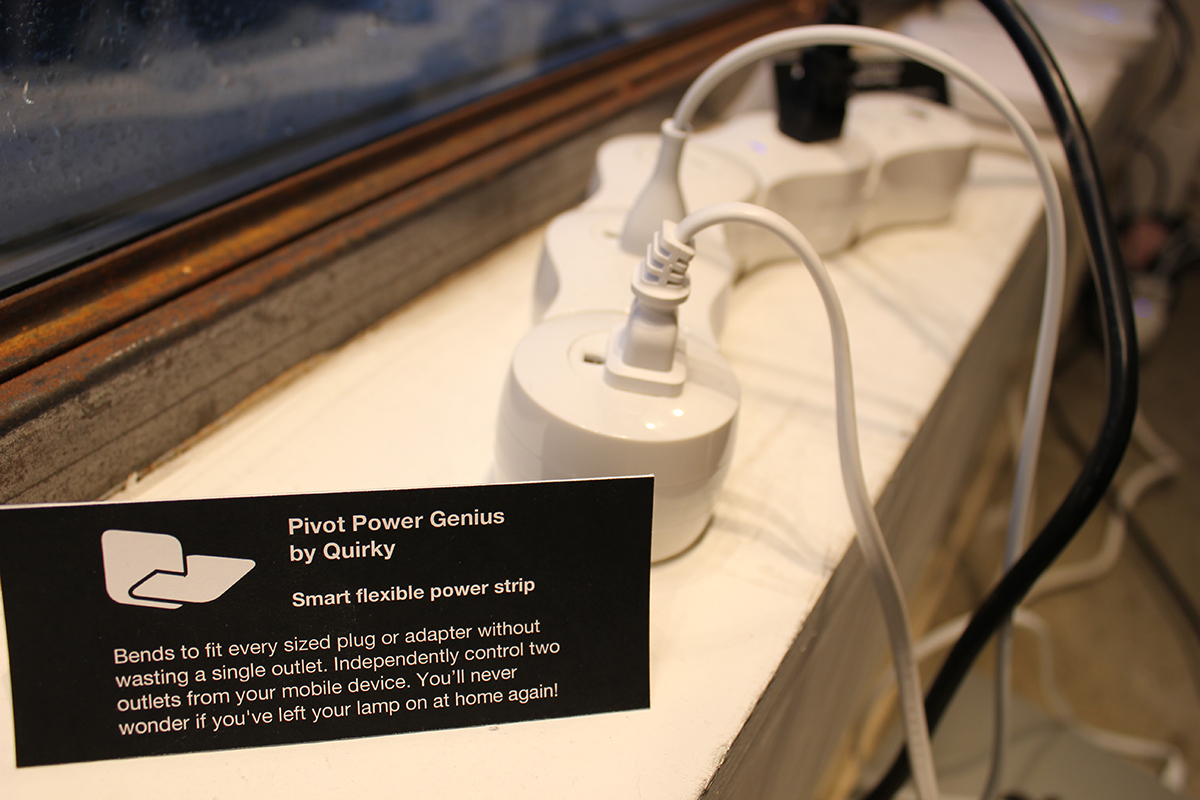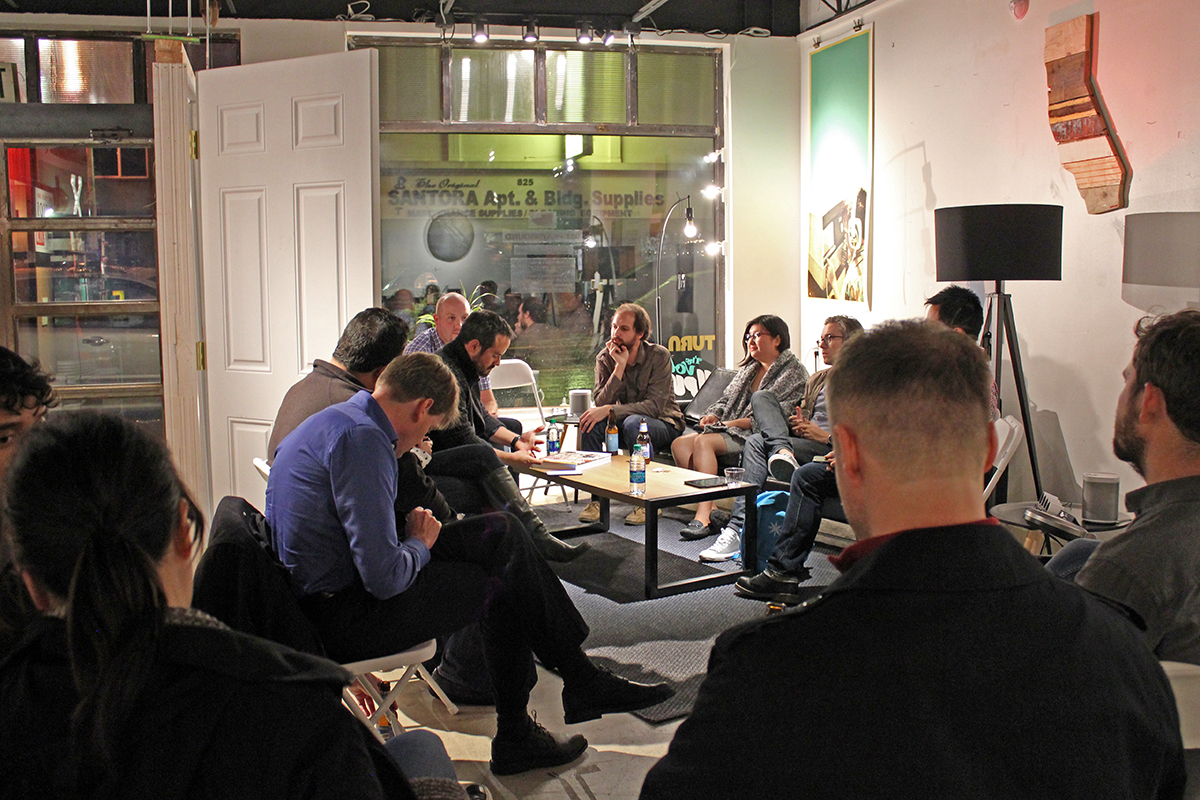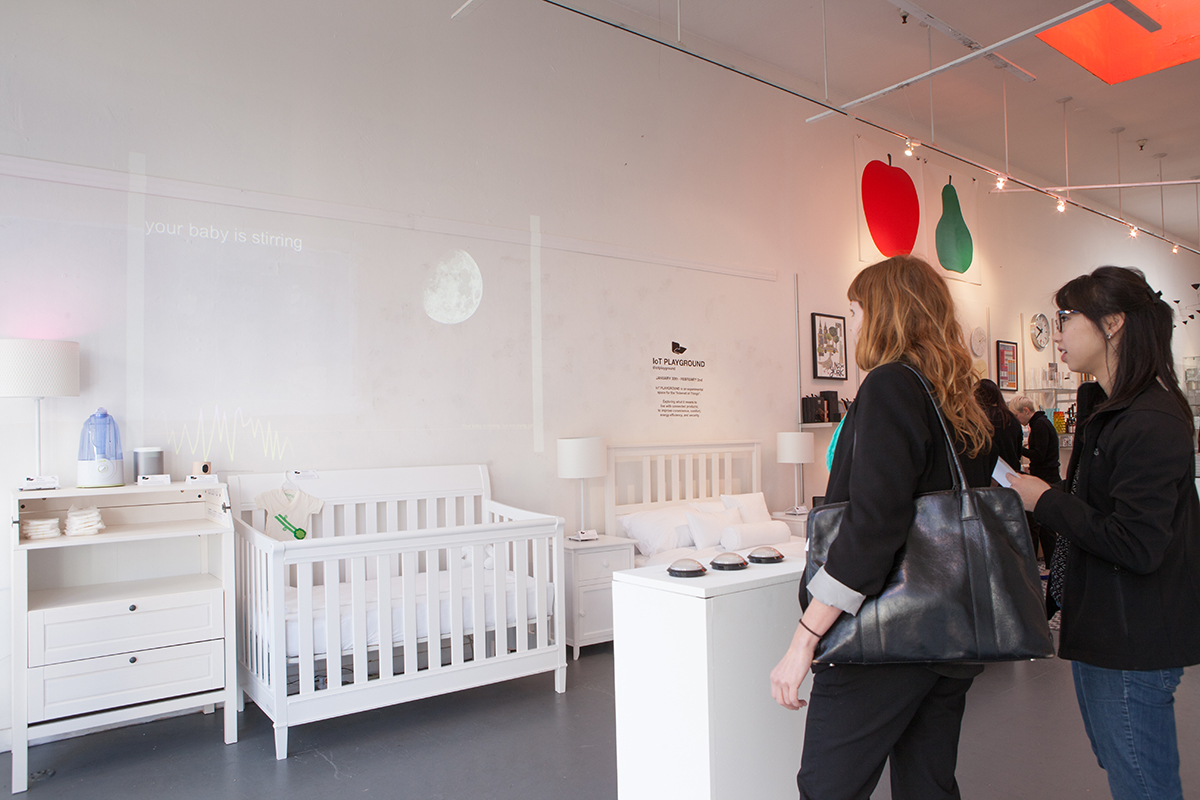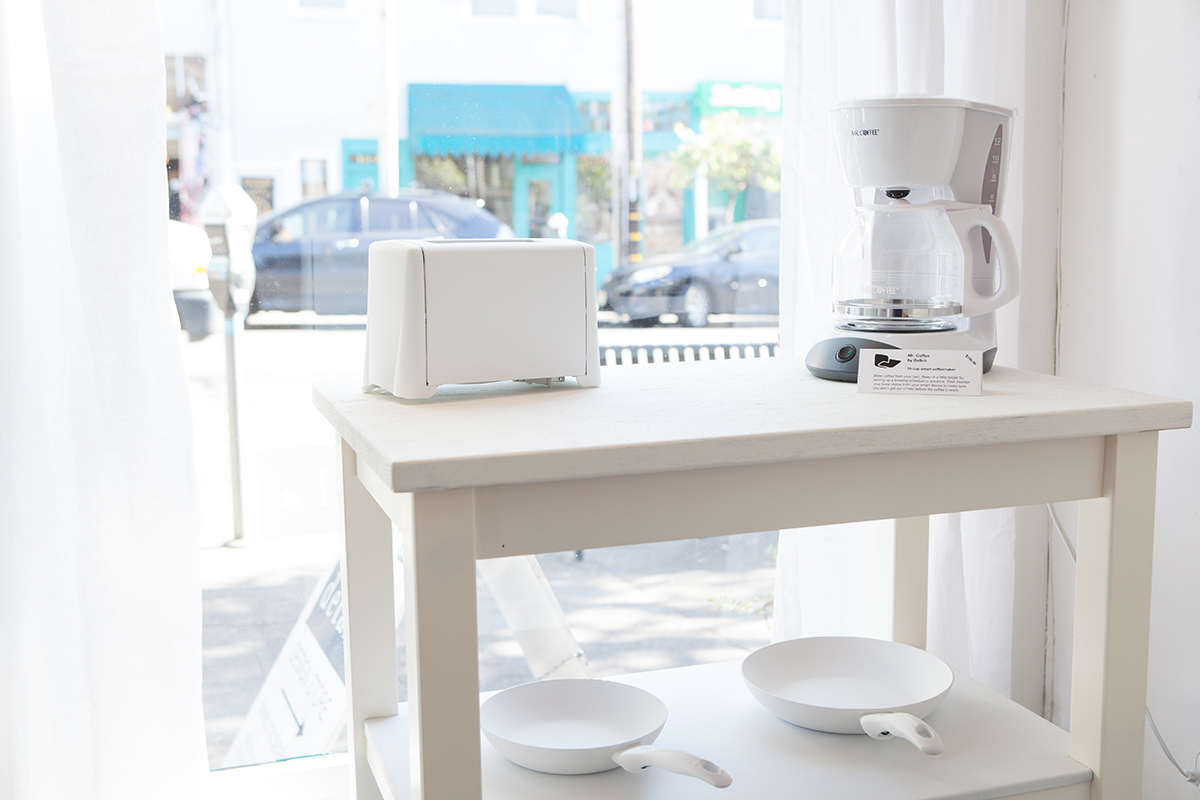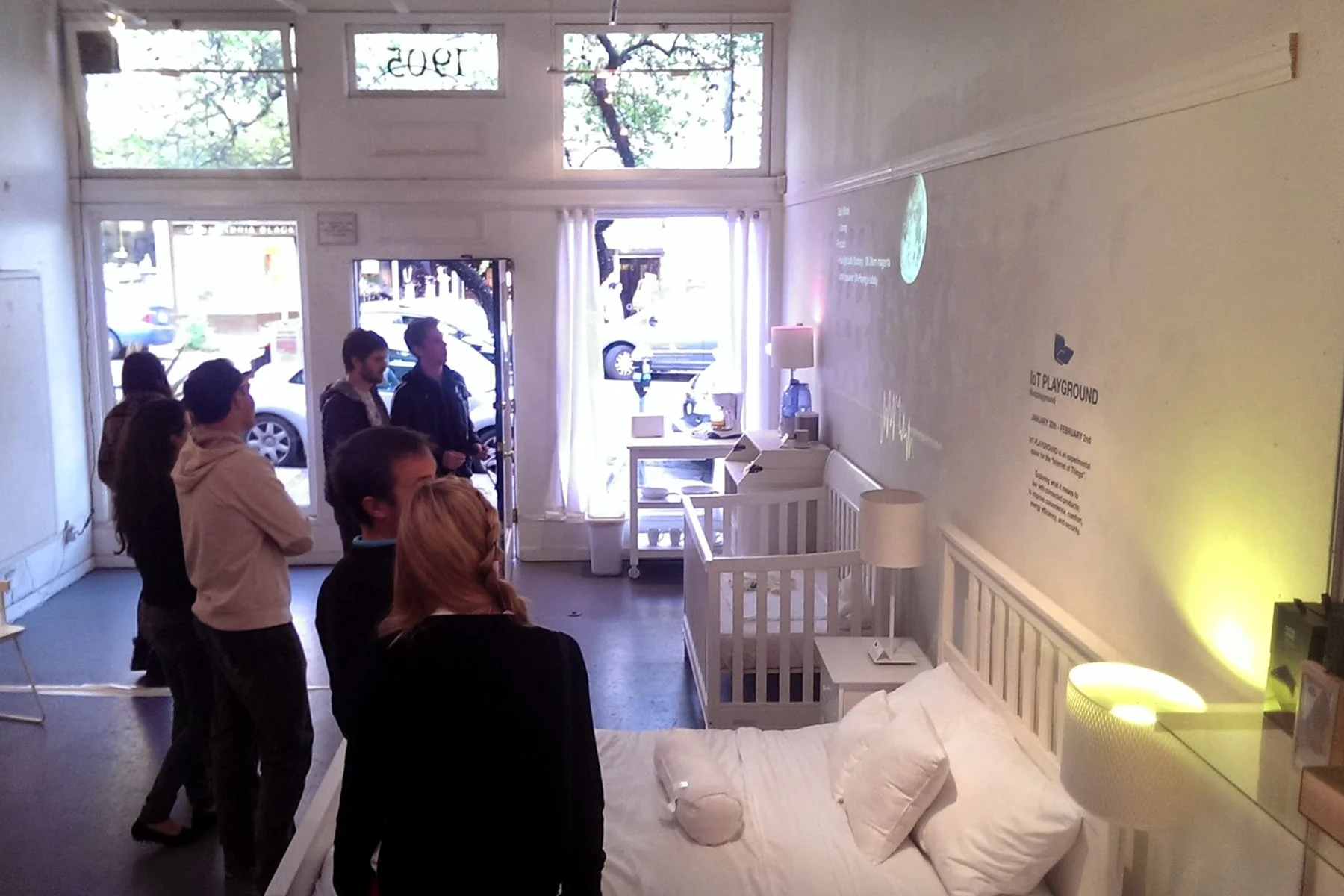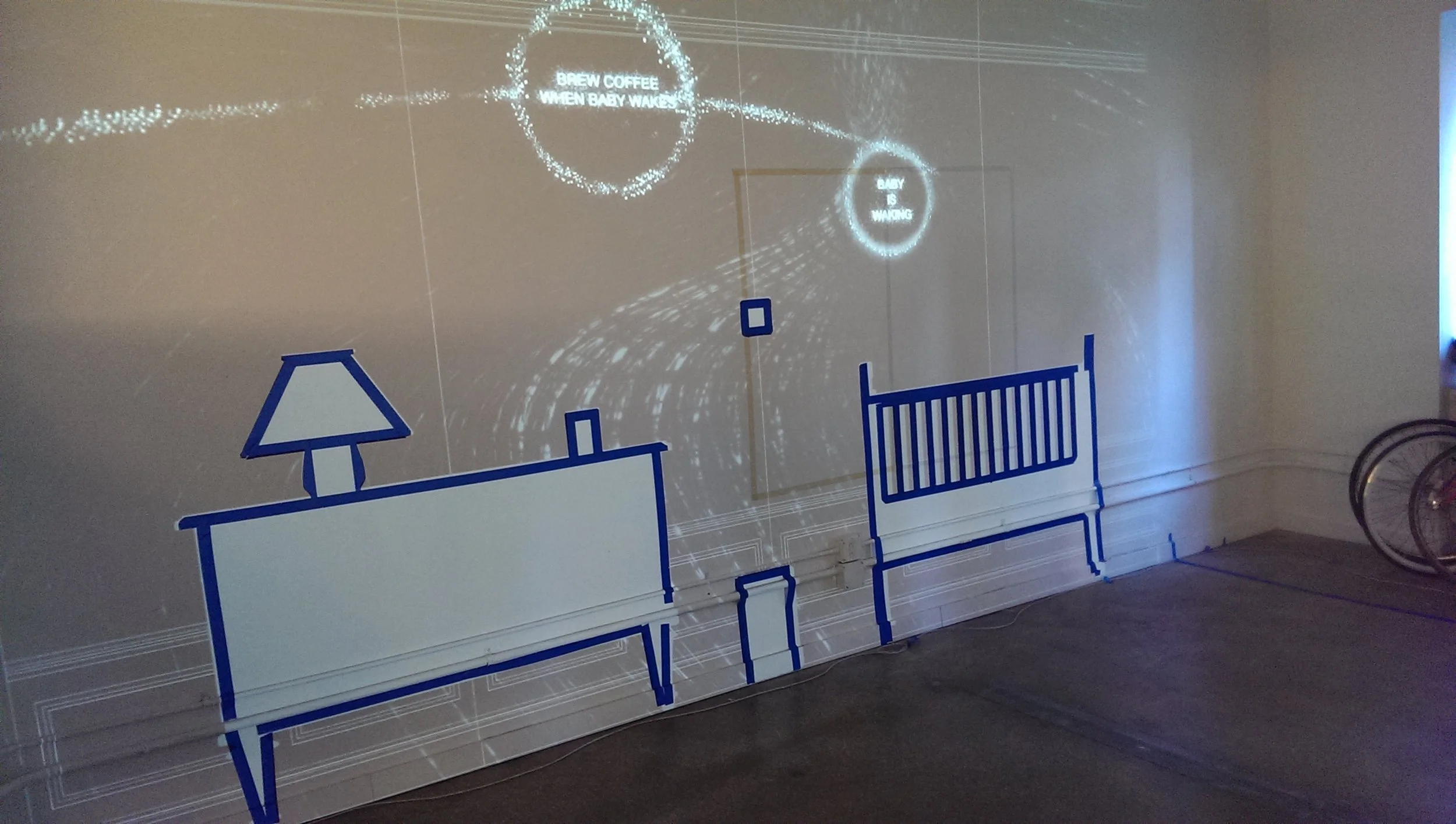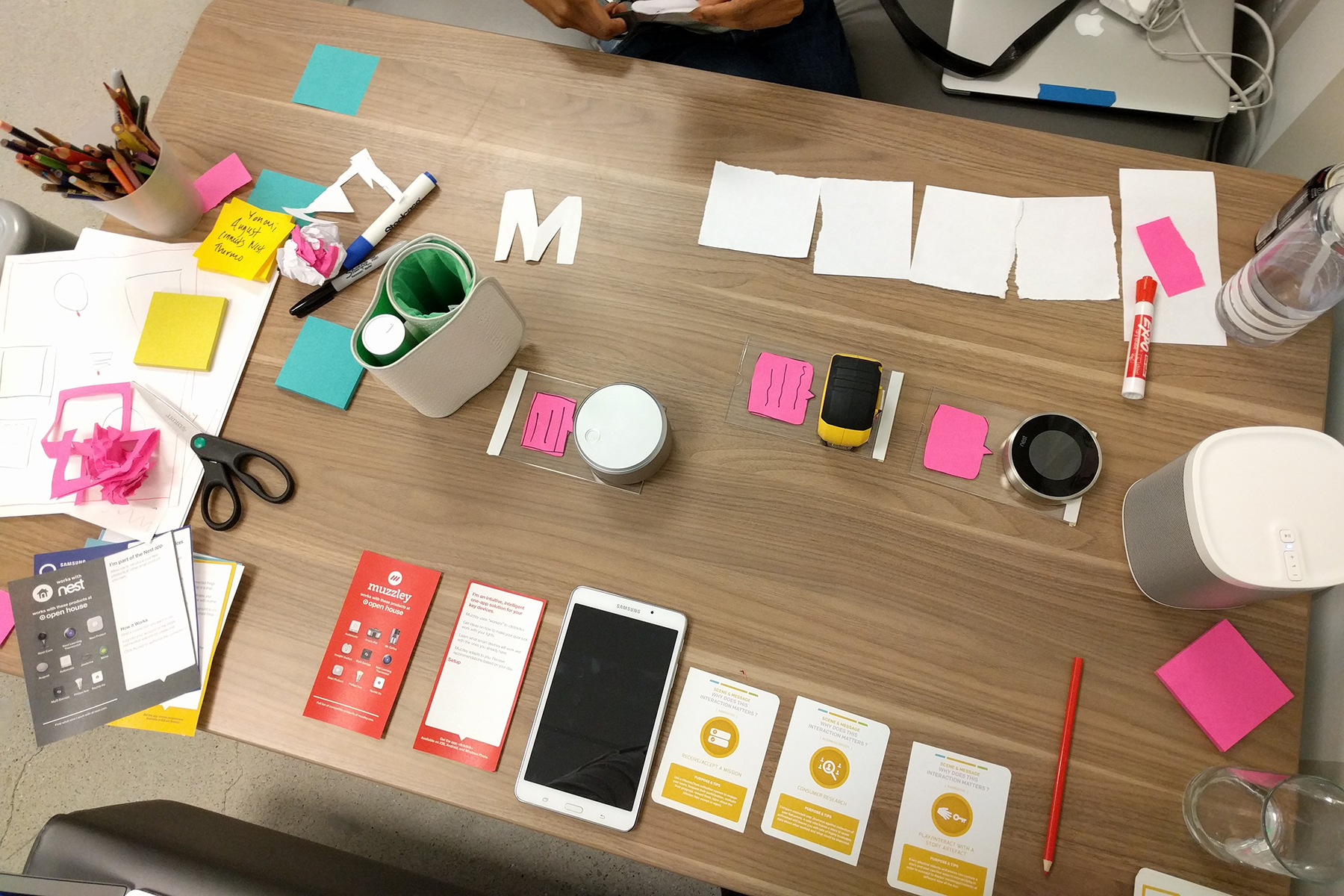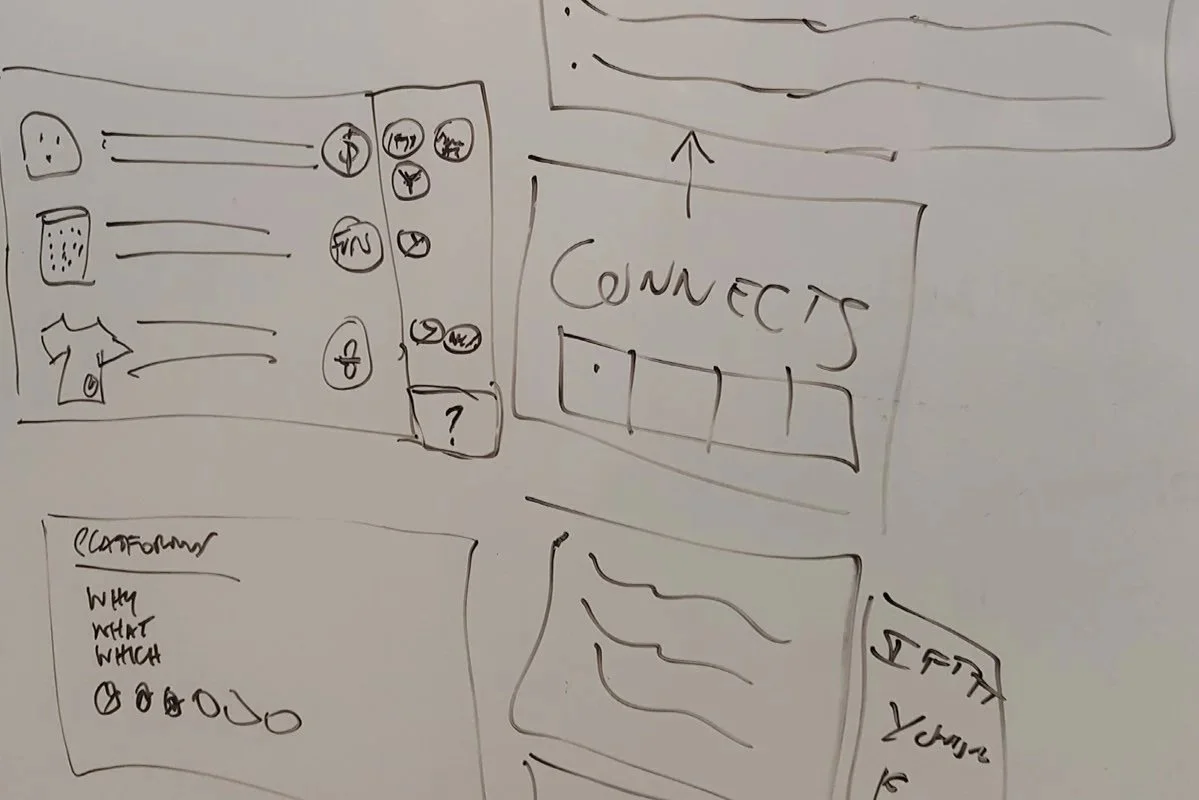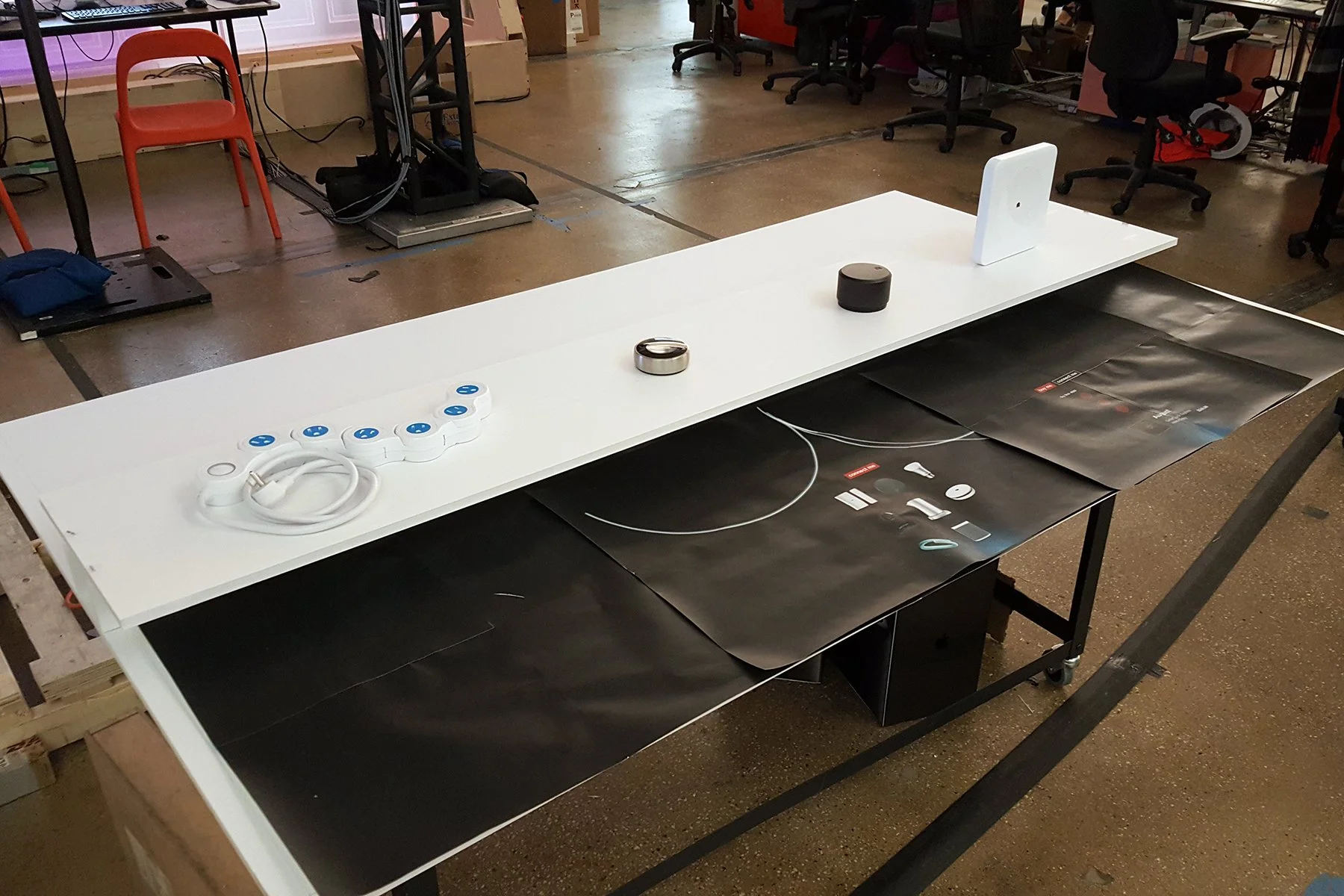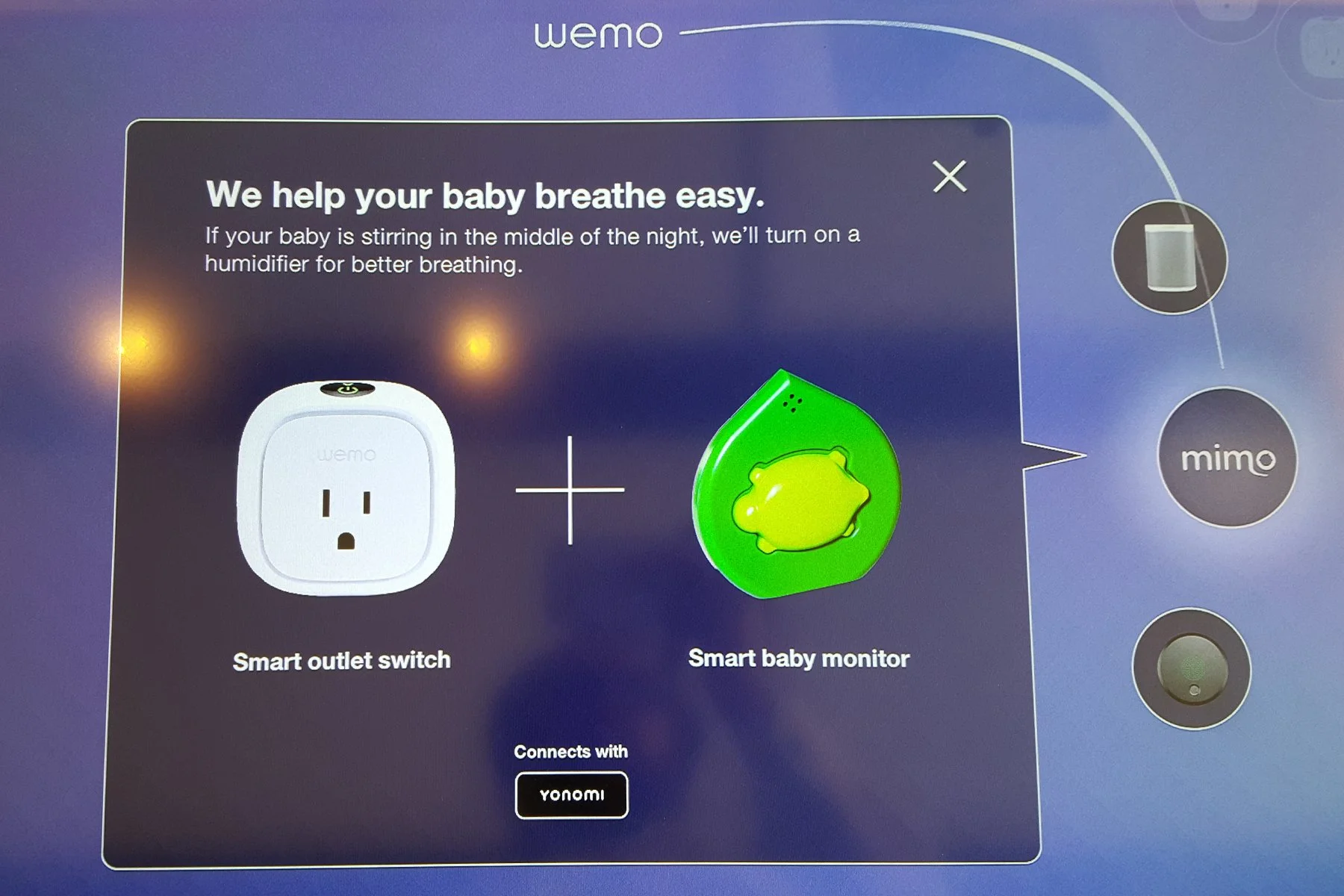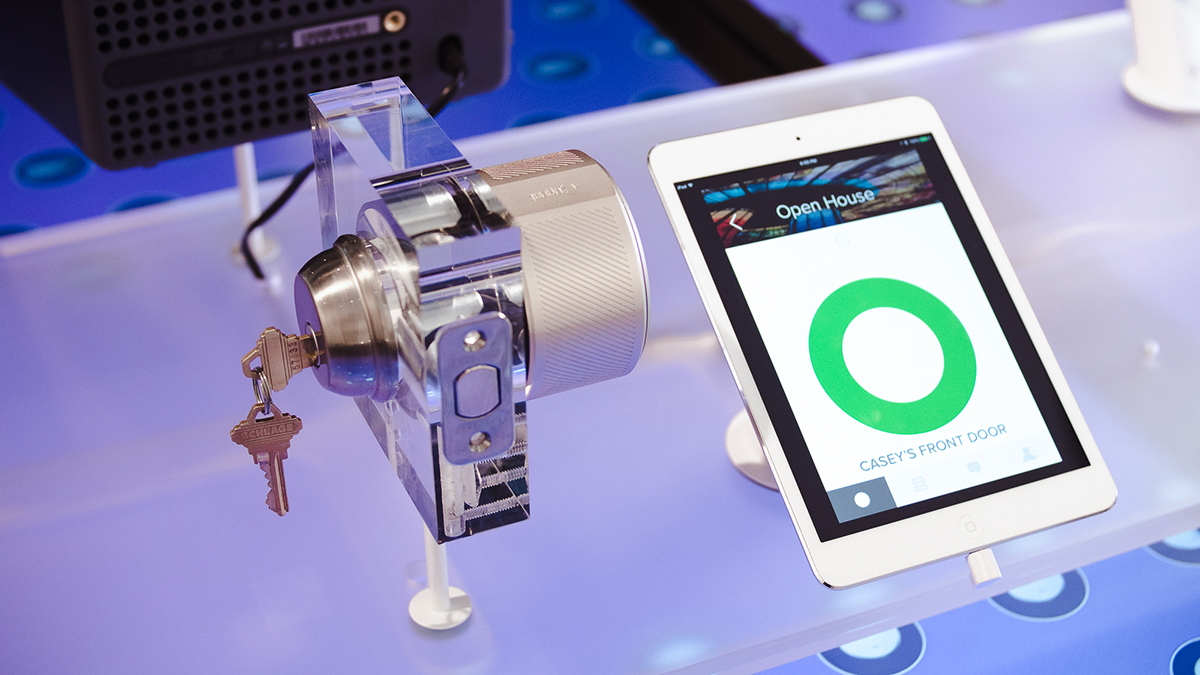The core question
How can Target create a shopping experience for smart home products and apps to give guests a real understanding of how they work, especially when most of these products and apps are being developed by startups?
Project facts
Timeline
Kicked off in Oct 2014, launched July 2015, store closed in Mar 2020
My role
Creative technology, architecture, user research, strategy, partnerships
Team configuration
Large cross-functional team with product, design, UXR, engineering, business strategy, store merchandising, brand/marketing, external partners
Physical prototyping
Open House started as a concept called “IoT Playground” where we rented storefronts in San Francisco to prototype out retail experiences with smart home products. These spaces served as user research, technical explorations, design concepting.
Most importantly though, these spaces provided a tangible idea where we could bring in startups building smart home products to start engaging with them differently. Startups and retailers were struggling with the smart home category, and we approached the conversation differently.
Playground #1
With the first playground we started hosting events with startup founders and smart home industry experts to bring everyone together, understand the retail challenges from their perspectives, and build strong, collaborative relationships that would continue into the official launch of the store.
Playground #2
Ultimately, we created 3 full IoT Playground experiences and several smaller tests before truly understanding the potential and direction to take the formal store design and strategic development.
